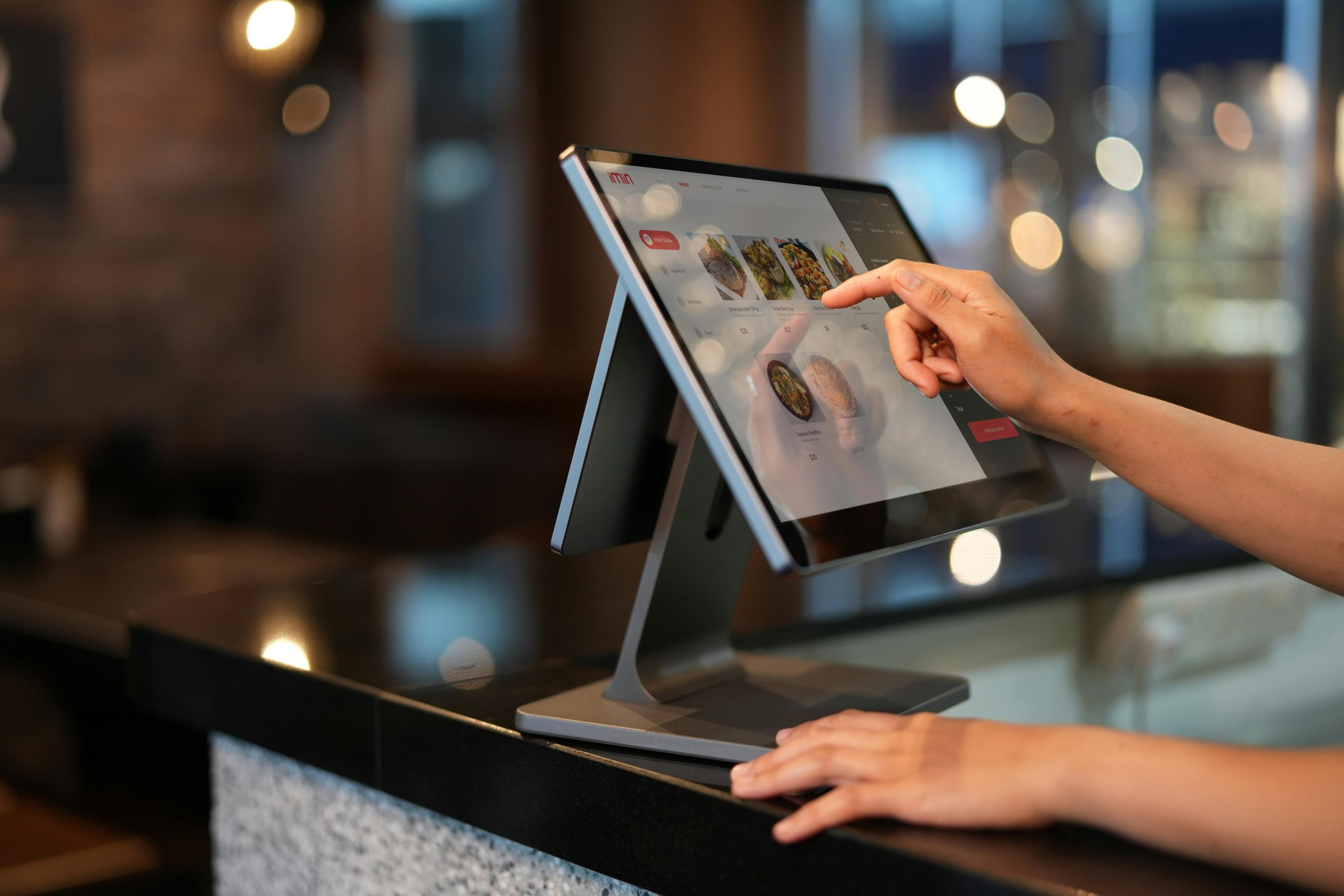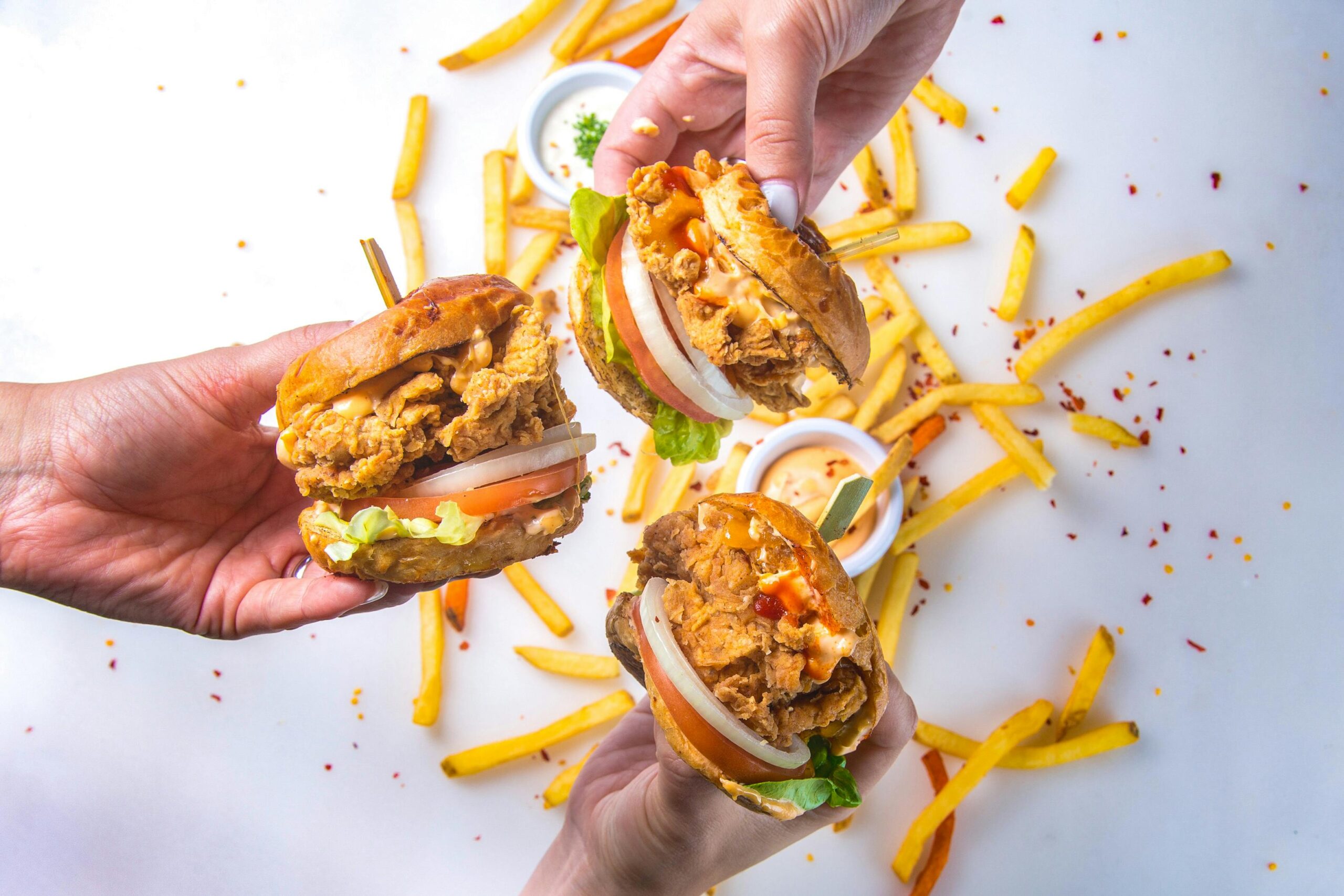Wendy’s posted its highest same-store sales growth performance in more than 15 years in its third quarter, reported Nation’s Restaurant News (Nov. 4). The chain was buoyed by breakfast sales, a daypart that’s been a point of struggle for other national chains during the COVID-19 pandemic.
On a Nov. 4 call with investors, Wendy’s reported stronger sales across all dayparts and higher check averages driven by family meals ordered at dinner and digital orders. Digital sales have more than doubled compared to last year, representing about 5.5% of U.S. sales. U.S. systemwide same-stores sales were up 7%, compared to an increase of 4.5% from the same quarter the previous year. Global same-store sales were also up 6.1%, as revenue increased 3.3% to $452.2 million. Wendy’s did see a drop in net income at $39.8 million compared to $46.1 million the same quarter last year.
Wendy’s stayed the course after introducing breakfast in March, just before coronavirus shutdowns. Breakfast now represents about 7% of its sales, down slightly from the previous quarter, reported Restaurant Business (Nov. 4).
“In the face of the pandemic, with mobility being down, we’re very happy with how our breakfast business has been performing,” CEO Todd Penegor said on an earnings call. “We’re feeling very bullish on the future of breakfast.”
Generally, the breakfast daypart, once a hope for increasing sales, is now the slowest time of day for fast-food restaurants, reported The Wall Street Journal (Nov. 5). Many office workers continue to work remotely as COVID-19 cases climb, and breakfast-dependent chains are feeling the impact.
IHOP, which planned to introduce a fast-casual brand called Flip’d, and Dunkin’ Brands Group recently announced plans to close hundreds of restaurants. McDonald’s Corp. and Burger King parent Restaurants Brands International have reported that sales of breakfast items remain weak.
Breakfast transactions for fast-food during one week in March were up 5% from a year earlier, according to NPD Group data reported by WSJ. However, by mid-April, after lockdown orders and a shift to remote work, breakfast transactions plummeted 54% from a year earlier, which was worse than the 42% drop for restaurant transactions overall. Breakfast transactions have since recovered, but are running 10% below last year’s levels as of the week ending Oct. 25.
Breakfast improvements also trail fast-food transactions overall, and fast-food chains are concerned that commuters they planned to serve may never come back. Other chains are looking beyond breakfast. Taco Bell added back breakfast items at only half of its U.S. restaurants. Restaurants Brands is working to improve food quality for lunch and breakfast at Tim Hortons.
Meanwhile, sales of packaged breakfast items have risen in recent months, and food manufacturers are trying to capitalize, making for a competitive landscape.
Wendy’s is up for the challenge and is planning more advertising around its breakfast menu to gain ground after competitors pulled back. Penegor said the chain will drive awareness across its breakfast business as well as the newly revamped Classic Chicken Sandwich. It’s also planning to test another new prototype in response to coronavirus trends, reported NRN.
“We also have a new appetite to look at drive-thru-only restaurants, and we’ve got some prototypes that are going out in place to continue to test and learn on that front,” Penegor said.











